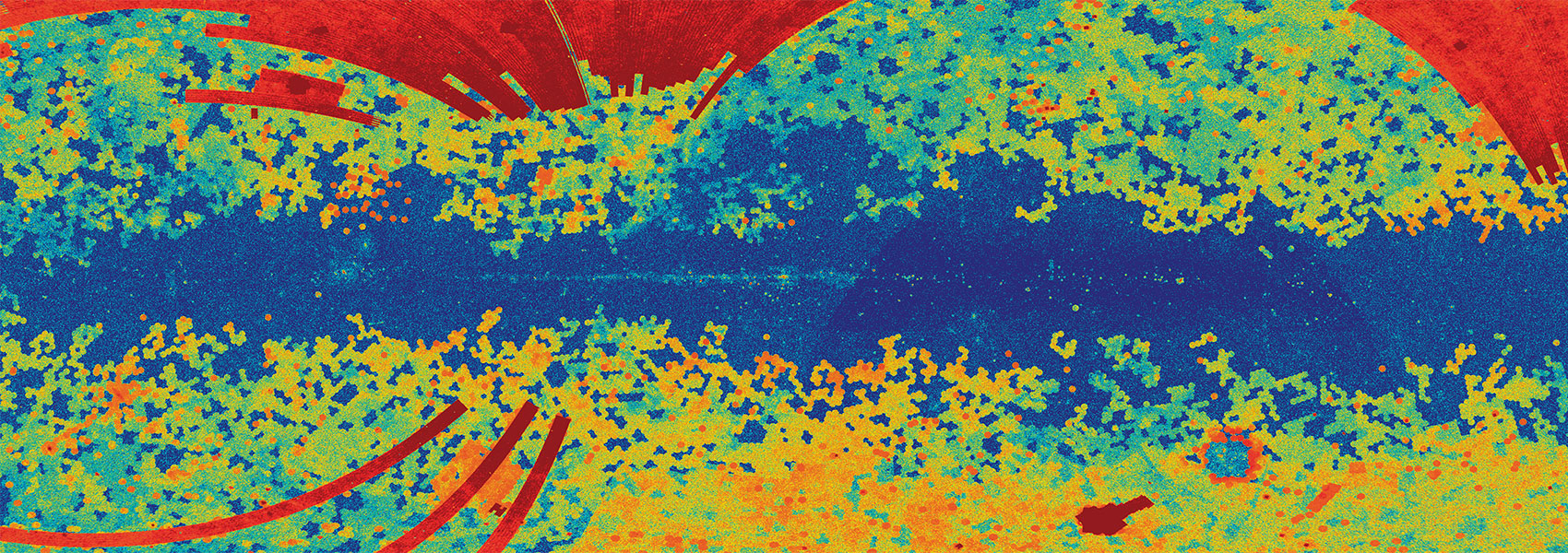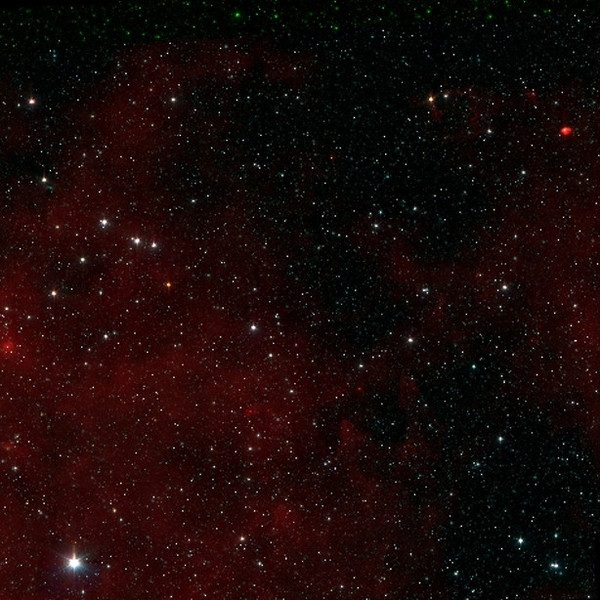Overview: The Spitzer Mapping of the Outer Galaxy (SMOG) was envisioned by its principal investigator, IPAC scientist Sean Carey and it is one of the selected Spitzer Legacy Science programs in cycle 5. SMOG is a 21 square degree area mapping of a representative region of the outer Galaxy (l=102-109, b=0-3) using Spitzer's IRAC and MIPS instruments. These data combined with previous and future surveys in the submillimeter and millimeter wavelength ranges can be used to measure the specifics (rate, IMF) of star formation. This direct measurement of the star formation efficiency can contribute to the large body of knowledge on the inner Galaxy, nearby molecular clouds and massive star forming regions, the Magellanic clouds and galaxies at larger distances. SMOG provides a set of optimally reduced mosaics and well-characterized source catalogs to the scientific community and just like previous large Spitzer local group mapping programs (GLIMPSE, MIPSGAL & SAGE) it will be a fertile source for studying such topics as evolved stars, Galactic structure, dust physics and the diffuse ISM.
The Spitzer Mapping of the Outer Galaxy (SMOG) was envisioned by its principal investigator, IPAC scientist Sean Carey and it is one of the selected Spitzer Legacy Science programs in cycle 5. SMOG is a 21 square degree area mapping of a representative region of the outer Galaxy (l=102-109, b=0-3) using Spitzer's IRAC and MIPS instruments. These data combined with previous and future surveys in the submillimeter and millimeter wavelength ranges can be used to measure the specifics (rate, IMF) of star formation. This direct measurement of the star formation efficiency can contribute to the large body of knowledge on the inner Galaxy, nearby molecular clouds and massive star forming regions, the Magellanic clouds and galaxies at larger distances. SMOG provides a set of optimally reduced mosaics and well-characterized source catalogs to the scientific community and just like previous large Spitzer local group mapping programs (GLIMPSE, MIPSGAL & SAGE) it will be a fertile source for studying such topics as evolved stars, Galactic structure, dust physics and the diffuse ISM.




